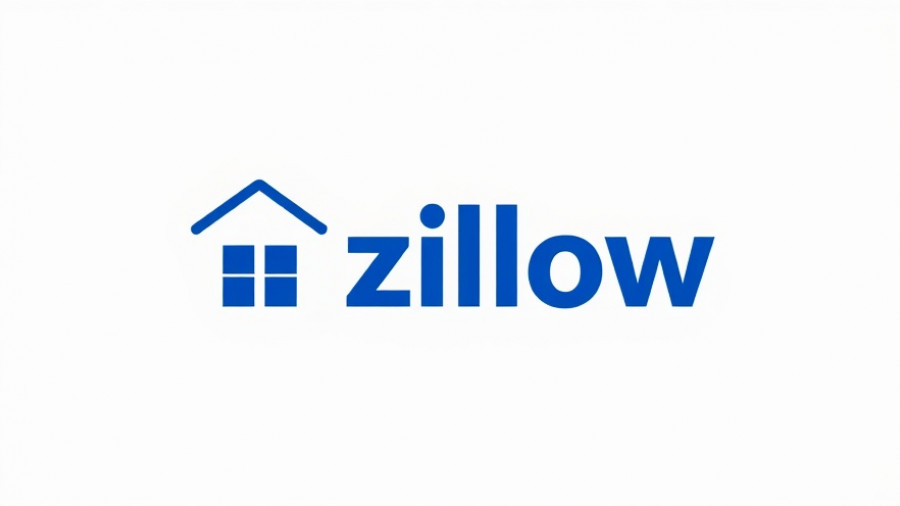
Breaking Down Rental Affordability in Today’s Market
As of October 2025, rental affordability in the United States has reached its most favorable level in four years. Households across the nation now devote approximately 28.4% of their income to rent, slightly above the 28.8% from the previous year. This decline is significant because it falls below the 30% threshold that is typically seen as financially burdensome for renters.
The Catalyst for Change: New Housing Supply
What’s driving this welcome change for renters? A steep increase in the construction of multifamily units following a pandemic-era housing surge. Builders have completed more apartments than in any year in the last fifty years. This new inventory has led to a cooling of rent growth, which eased to just 1.7% in September year-over-year — the second-lowest growth recorded since 2021. Particularly, markets that built more housing, especially in the South, benefited from this influx. As Orphe Divounguy, senior economist at Zillow, observes, “Housing costs can be tamed when policy allows supply to keep up with demand.”
Concessions: A Game Change for Renters
In addition to stabilized rent growth, landlords are now increasingly offering rental concessions. Currently, 37.3% of rentals listed on Zillow come with incentives such as free parking or a month’s rent free. This marks a considerable rise from just 14.4% in 2019. With the winter months approaching, these concessions can be expected to escalate further, potentially softening rental prices even more over time.
Regional Insights: Who Benefits Most?
The improvement in rental affordability isn’t universal; it varies significantly by region. There’s a notable contrast in rent growth rates across the U.S. In the Sun Belt and Mountain West, cities like Austin and Denver are experiencing decreases in rental prices, while in high-demand areas like Chicago and San Francisco, rents continue to climb. Analyzing these Regional Dynamics helps homeowners and prospective renters alike appreciate the nuances of the rental market.
The Economic Implications of Improved Affordability
Improved rental affordability significantly impacts not just individual households but the broader economy as well. The decrease in the percentage of income spent on rent may lead to increased discretionary spending in other categories, fueling growth across different sectors. Additionally, experts indicate that reduced rent growth contributes to managing inflation better, which is a key element for potential monetary policy adjustments from the Federal Reserve.
What Lies Ahead: The Future of Rental Markets
Despite the current relief, the rental market may tighten again in the near future. Analysts predict a decline in newly constructed multifamily properties starting in 2026, which could lead to an imbalance between supply and demand. If demand holds steady while new construction decreases, we may see rental prices begin to rise once more, underscoring the importance of monitoring these trends for homeowners and investors alike.
As homeowners, being aware of these rental market shifts can empower you to make informed decisions about investments, property management, and understanding potential shifts in your local market. Staying ahead of these trends could provide both comfort and financial stability in today’s fluctuating economy.
Take Action: Stay Informed and Prepared
In this ever-evolving real estate landscape, homeowners and renters alike should remain vigilant and well-informed. Regularly reviewing the market can offer invaluable insights that enhance your financial strategies and homeownership experience.
 Add Row
Add Row  Add
Add 




Write A Comment